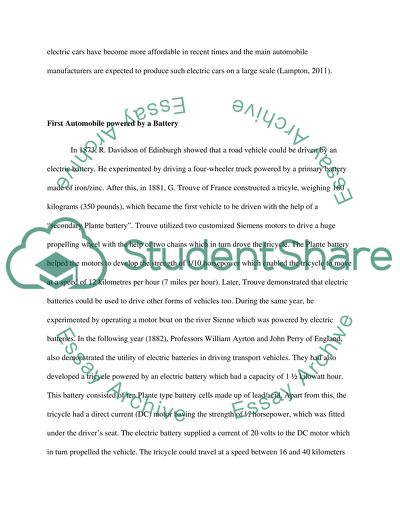Cite this document
(“How green are electric car batteries Research Paper”, n.d.)
Retrieved from https://studentshare.org/journalism-communication/1438108-how-green-are-electric-car-batteries
Retrieved from https://studentshare.org/journalism-communication/1438108-how-green-are-electric-car-batteries
(How Green Are Electric Car Batteries Research Paper)
https://studentshare.org/journalism-communication/1438108-how-green-are-electric-car-batteries.
https://studentshare.org/journalism-communication/1438108-how-green-are-electric-car-batteries.
“How Green Are Electric Car Batteries Research Paper”, n.d. https://studentshare.org/journalism-communication/1438108-how-green-are-electric-car-batteries.


